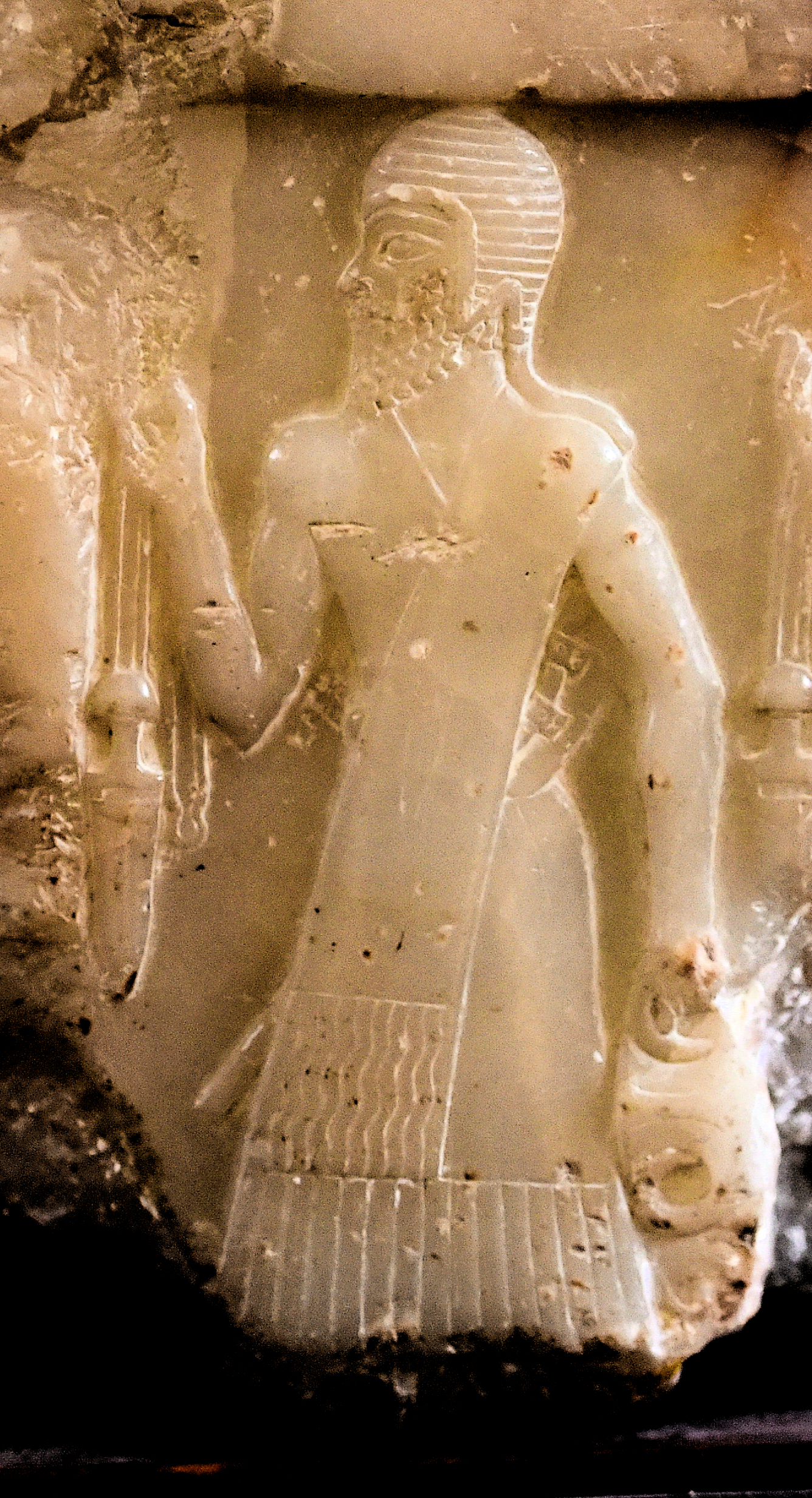Armani (kingdom) on:
[Wikipedia]
[Google]
[Amazon]
 Armani was an ancient kingdom mentioned by
Armani was an ancient kingdom mentioned by
 Armani was an ancient kingdom mentioned by
Armani was an ancient kingdom mentioned by Sargon of Akkad
Sargon of Akkad (; akk, ''Šarrugi''), also known as Sargon the Great, was the first ruler of the Akkadian Empire, known for his conquests of the Sumerian city-states in the 24th to 23rd centuries BC.The date of the reign of Sargon is highl ...
.
Location
Syria: ''Armani'' was mentioned alongside ''Ibla'' in the geographical treaties of Sargon. This led some historians to identify ''Ibla'' with SyrianEbla
Ebla ( Sumerian: ''eb₂-la'', ar, إبلا, modern: , Tell Mardikh) was one of the earliest kingdoms in Syria. Its remains constitute a tell located about southwest of Aleppo near the village of Mardikh. Ebla was an important center t ...
and ''Armani'' with Syrian Armi.
Mesopotamia: Michael C. Astour refused to identify ''Armani'' with Armi, as Naram-Sin makes it clear that the ''Ibla'' he sacked (in c. 2240 BC) was a border town of the land of ''Armani'', while the Armi in the Eblaite tablets is a vassal to Ebla. ''Armani'' was attested in the treaties of Sargon in a section that mentions regions located in Assyria and Babylonia
Babylonia (; Akkadian: , ''māt Akkadī'') was an ancient Akkadian-speaking state and cultural area based in the city of Babylon in central-southern Mesopotamia (present-day Iraq and parts of Syria). It emerged as an Amorite-ruled state c ...
or territories adjacent to the east, in contrast to the Syrian Ebla, located in the west. The later King Adad-Nirari I
Adad-nārārī I, rendered in all but two inscriptions ideographically as md''adad-''ZAB+DAḪ, meaning “Adad (is) my helper,” (1305–1274 BC or 1295–1263 BC short chronology) was a king of Assyria during the Middle Assyrian Empire. He is th ...
of Assyria also mentions ''Armani'' as being located east of the Tigris
The Tigris () is the easternmost of the two great rivers that define Mesopotamia, the other being the Euphrates. The river flows south from the mountains of the Armenian Highlands through the Syrian and Arabian Deserts, and empties into the ...
and on the border between Assyria and Babylon. Historians who disagree with the identification of Akkadian ''Armani'' with Syrian Armi place it (along with Akkadian ''Ibla'') north of the Hamrin Mountains in northern Iraq.
History
First mentioned as the land of Armani by Sargon. Naram-Sin boasted about his victory and destruction of the city or Amarnum. He gives a detailed account of the siege and the capture of Armarnum's king in one of his inscriptions. Armanum was later mentioned amongst the cities that rebelled against Naram-Sin. During the Middle Assyrian andKassite
The Kassites () were people of the ancient Near East, who controlled Babylonia after the fall of the Old Babylonian Empire c. 1531 BC and until c. 1155 BC (short chronology).
They gained control of Babylonia after the Hittite sack of Babyl ...
periods, the land of Armani was mentioned as located east of the Tigris. King Shalmaneser III
Shalmaneser III (''Šulmānu-ašarēdu'', "the god Shulmanu is pre-eminent") was king of the Neo-Assyrian Empire from the death of his father Ashurnasirpal II in 859 BC to his own death in 824 BC.
His long reign was a constant series of campaig ...
mentions his conquest of Halman, but the identification of Halman with Akkadian Armani (Arman) is dubious according to J.A. Brinkmann.
References
{{Authority control Former populated places in Iraq Former populated places in Syria Former populated places in Turkey Former populated places in Armenia Ancient Near East